

Articles
How To Store Dehydrated Vegetables
Modified: December 7, 2023
Learn how to properly store dehydrated vegetables for long-term use with these helpful articles. Discover effective storage techniques and tips for preserving the flavor and quality of your dehydrated vegetables.
(Many of the links in this article redirect to a specific reviewed product. Your purchase of these products through affiliate links helps to generate commission for Storables.com, at no extra cost. Learn more)
Introduction
Welcome to the world of dehydrated vegetables! Dehydrating vegetables is a fantastic way to preserve their freshness and nutrients for an extended period of time. It not only helps you reduce food waste, but also allows you to enjoy your favorite vegetables all year round, even when they are out of season.
In this article, we will explore the benefits of storing dehydrated vegetables, discuss the importance of choosing the right containers for storage, delve into how to properly prepare dehydrated vegetables for storage, and provide tips for maintaining the optimal storage conditions. Additionally, we will guide you through the process of rehydrating dehydrated vegetables, so that you can enjoy them in their full flavor and texture.
So, let’s dive in and discover the wonderful world of dehydrated vegetables and how to store them effectively!
Key Takeaways:
- Dehydrated vegetables offer long shelf life, retained nutritional value, convenience, and reduced food waste. Choosing the right containers, proper preparation, and optimal storage conditions are crucial for maintaining their quality and flavor.
- Rehydrating dehydrated vegetables is a simple process that brings back their original texture and flavor. By following the guidelines and tips provided, you can ensure that your dehydrated vegetables remain fresh, flavorful, and nutritious for an extended period.
Read more: How To Store Dehydrated Peppers
Benefits of Storing Dehydrated Vegetables
Storing dehydrated vegetables offers several advantages over other preservation methods. Here are some of the key benefits:
Long Shelf Life
One of the primary benefits of dehydrating vegetables is that it significantly extends their shelf life. When properly stored, dehydrated vegetables can last for months or even years, ensuring that you always have a readily available supply of nutritious produce. This is particularly useful during times when fresh vegetables may be scarce or expensive.
Retained Nutritional Value
Dehydrating vegetables preserves a high percentage of their nutritional value. While the dehydration process removes water content, it does not significantly impact the vitamins, minerals, and fiber present in the vegetables. This means that you can enjoy the same nutritional benefits from dehydrated vegetables as you would from fresh ones.
Convenient and Lightweight
Dehydrated vegetables are incredibly convenient, especially for outdoor enthusiasts, hikers, and campers. Unlike fresh vegetables that can spoil quickly, dehydrated vegetables are lightweight, compact, and easy to carry. They also require no refrigeration, making them perfect for long trips or situations where refrigeration is not available.
Read more: How To Store Dehydrated Apples
Versatile and Economical
Dehydrated vegetables offer versatility in terms of their use. You can add them to soups, stews, casseroles, and other dishes to enhance both the flavor and nutritional value. Additionally, dehydrating vegetables can help you save money. By buying fresh vegetables in bulk when they are in season and dehydrating them for later use, you can take advantage of lower prices and avoid waste.
Reduced Food Waste
Food waste is a significant global problem, and dehydrating vegetables is an excellent way to combat it. By dehydrating and storing surplus vegetables, you can prevent them from going bad and being thrown away. This not only saves money but also helps reduce the environmental impact of wasted food.
With these fantastic benefits in mind, it’s easy to see why storing dehydrated vegetables is a smart choice for anyone looking to maintain a healthy and well-rounded pantry. Next, let’s explore the importance of choosing the right containers for storing your dehydrated vegetables.
Choosing the Right Containers for Storage
When it comes to storing dehydrated vegetables, selecting the right containers is crucial to maintain their quality and prolong their shelf life. Here are some factors to consider when choosing containers for your dehydrated vegetables:
Airtight and Moisture-Proof
The key to preserving the freshness of dehydrated vegetables is to keep them away from moisture. This means you need containers that are airtight and moisture-proof. Look for containers with secure lids or closures that create a tight seal, preventing any air or moisture from entering. Mason jars, glass canisters with rubber gaskets, and vacuum-sealed bags are excellent options for storing dehydrated vegetables.
Read more: How To Store Dehydrated Bananas
Opaque and Light-Resistant
Dehydrated vegetables are sensitive to light exposure, as it can cause them to lose color, flavor, and nutritional value. Therefore, choose containers that are opaque or made of dark-colored materials, as they will help protect the vegetables from harmful light. Also, store the containers in a dark and cool place, such as a pantry or cupboard.
Durable and Free from Odors
Opt for containers that are durable and free from strong odors. Plastic containers, especially those made from food-safe, BPA-free materials, can be a good choice. However, if you prefer to avoid plastic, stainless steel or glass containers are also suitable options. Make sure the containers are thoroughly cleaned and free from any lingering odors that could affect the taste and quality of the dehydrated vegetables.
Size and Shape
Consider the size and shape of the containers based on your storage needs. If you plan to store a large quantity of dehydrated vegetables, choose containers that can accommodate the desired amount without leaving much empty space. This will help prevent unnecessary exposure to air and moisture. Additionally, consider smaller-sized containers for daily or frequent use to avoid frequent opening and closing of larger containers.
By selecting the right containers that are airtight, moisture-proof, light-resistant, and free from odors, you can ensure that your dehydrated vegetables remain fresh and flavorful for an extended period of time. Now that we have the containers sorted, let’s move on to the next step – preparing the dehydrated vegetables for storage.
Preparing Dehydrated Vegetables for Storage
Properly preparing your dehydrated vegetables before storing them is essential to maintain their quality and extend their shelf life. Follow these steps to ensure your dehydrated vegetables are ready for long-term storage:
Read more: How To Store Dehydrated Oranges
Cooling and Conditioning
After dehydrating your vegetables, allow them to cool completely. This helps to remove any residual moisture that may be present. Once cooled, place the vegetables in an airtight container, leaving some space at the top. Seal the container and store it in a cool, dry place for about a week. This step, known as conditioning, helps to distribute any remaining moisture evenly throughout the vegetables, ensuring they are thoroughly dried and ready for long-term storage.
Inspect and Sort
Before storing your dehydrated vegetables, inspect them carefully to ensure they are free from any signs of mold, insect infestation, or spoilage. Remove any pieces that appear discolored or have an off smell. Also, sort the vegetables by type or size to make it easier to access them when needed. This will help you maintain organization and efficiency in your storage system.
Labeling and Dating
Labeling and dating your containers is essential for efficient organization and tracking. Use a permanent marker to write the name of the vegetable and the date of dehydration on the container. This information will help you identify the contents and determine their freshness over time.
Using Oxygen Absorbers
To further extend the shelf life of your dehydrated vegetables, you can consider using oxygen absorbers. These small packets remove oxygen from the container, preventing the growth of bacteria, mold, and other microorganisms that can cause spoilage. Follow the instructions provided with the oxygen absorbers to determine the appropriate number of packets to use based on the volume of vegetables in your container.
Read more: How To Store Dehydrated Chicken
Vacuum Sealing
If you have a vacuum sealer, it can be a great tool for sealing your dehydrated vegetables. Vacuum-sealed bags remove excess air and create a tight seal, providing an additional layer of protection against moisture and oxidation. This method is especially useful for long-term storage or if you plan to store your dehydrated vegetables for an extended period of time.
By following these steps to properly prepare your dehydrated vegetables for storage, you can ensure that they remain fresh, flavorful, and nutritious for months or even years to come. Now that your vegetables are ready for storage, let’s discuss the optimal conditions for storing them to maintain their quality.
Proper Storage Conditions
Creating the right storage conditions is crucial for maintaining the quality and longevity of your dehydrated vegetables. Consider the following factors when storing your dehydrated vegetables:
Temperature
Store your dehydrated vegetables in a cool, dry place with a stable temperature. The ideal temperature range for storing dehydrated vegetables is between 50°F (10°C) and 70°F (21°C). Avoid areas that are prone to temperature fluctuations, such as near windows or heating vents, as these can impact the quality of the vegetables over time.
Humidity
Keep your dehydrated vegetables away from high humidity levels. Moisture can cause them to reabsorb water and spoil. Aim for a humidity level below 60% to prevent moisture accumulation. If you live in an area with high humidity, use moisture absorbers or desiccant packets to help maintain the ideal humidity levels within your storage containers.
Read more: How To Store Dehydrated Lemons
Avoid Exposure to Light
Light exposure can degrade the quality of dehydrated vegetables by causing nutrient loss and discoloration. Store your containers in a dark area, such as a pantry or cupboard, away from direct sunlight. If using transparent containers, place them in opaque storage bags or cover them with a dark cloth to protect the vegetables from light exposure.
Avoid Exposure to Air
Air exposure can lead to oxidation and spoilage of dehydrated vegetables. Ensure that your containers are airtight and properly sealed to prevent air from entering. If using containers with lids, check for any damaged seals or loose-fitting lids, and replace or repair them as necessary to maintain the integrity of the seal.
Keep Away from Strong Odors
Dehydrated vegetables have a tendency to absorb strong odors from their surroundings. To preserve their natural flavors and prevent any cross-contamination of smells, store your dehydrated vegetables away from strong-smelling items, such as spices, detergents, or cleaning products.
Regularly Check for Damaged or Spoiled Vegetables
Periodically inspect your stored dehydrated vegetables for any signs of spoilage, such as mold growth or unpleasant odors. If you find any damaged or spoiled pieces, remove them immediately to prevent contamination of the rest of the batch.
By following these proper storage conditions, you can ensure that your dehydrated vegetables retain their quality, flavor, and nutritional value for an extended period. Next, we will share some tips to further extend the shelf life of your dehydrated vegetables.
Read more: How To Store Dehydrated Tomatoes
Tips for Extending the Shelf Life of Dehydrated Vegetables
Proper storage is key to preserving the shelf life of dehydrated vegetables, but there are additional tips and tricks you can follow to further extend their longevity. Here are some helpful suggestions:
Use Quality Vegetables
Start with fresh, high-quality vegetables when dehydrating. Choosing vegetables that are at their peak freshness ensures optimal flavor and nutritional value. Inspect the vegetables before dehydrating, discarding any that are spoiled or damaged.
Thoroughly Dry the Vegetables
Ensure that your vegetables are completely dehydrated before storing them. Vegetables should be brittle and break easily when bent. If there is any moisture remaining, it increases the risk of mold and spoilage during storage. Properly dried vegetables have a longer shelf life.
Store in Small Portions
Consider dividing your dehydrated vegetables into smaller portions before storage. This minimizes the exposure to air and moisture when you open the container to retrieve the vegetables. It allows you to use only the desired amount, leaving the rest undisturbed.
Read more: How To Store Dehydrated Foods
Rotate your Stock
Practicing first-in, first-out (FIFO) rotation is essential for maintaining freshness. When restocking your dehydrated vegetables, place the newly dehydrated batches behind the older ones. This ensures that you use the older vegetables before they lose their quality, reducing the chances of waste.
Regularly Check and Refresh Storage Conditions
Periodically inspect your stored dehydrated vegetables for any signs of spoilage. Check for any damaged containers or compromised seals. Additionally, refresh the storage conditions by ensuring the storage area remains cool, dry, and free from humidity. Replace any moisture absorbers or desiccant packets if necessary.
Consider Freezing for Long-Term Storage
If you want to extend the shelf life of your dehydrated vegetables even further, consider freezing them. Vacuum-seal the dehydrated vegetables in freezer-safe bags or containers to prevent ice crystals from forming and causing freezer burn. Frozen dehydrated vegetables can last for several years, maintaining their flavor and nutritional value.
Label and Date Containers
Always label your containers with the name and date of when the vegetables were dehydrated. This helps you keep track of their freshness and ensures you use the oldest vegetables first. Clear labeling also helps with organization and easy identification.
By implementing these tips, you can maximize the shelf life of your dehydrated vegetables and keep them fresh and flavorful for an extended period. Now, let’s move on to the next step – rehydrating your dehydrated vegetables for use.
Read more: How To Store Dehydrated Eggs
Rehydrating Dehydrated Vegetables
Rehydrating dehydrated vegetables is a simple process that brings them back to their original texture and flavor. Follow these steps to rehydrate your dehydrated vegetables:
1. Measure the Amount Needed
Determine the amount of dehydrated vegetables you need for your recipe or desired serving size. Keep in mind that dehydrated vegetables will expand when rehydrated, so you may need less than the original measurement.
2. Pre-Soak or Boil
There are two common methods for rehydrating dehydrated vegetables: pre-soaking or boiling. For the pre-soaking method, place the vegetables in a bowl and cover them with water. Let them soak for about 15 to 30 minutes, allowing the vegetables to absorb the water and rehydrate gradually.
Alternatively, you can boil water in a saucepan and add the dehydrated vegetables directly to the boiling water. Let them simmer for about 5 to 10 minutes until they become tender and fully rehydrated.
3. Drain Excess Liquid
After rehydrating, drain the excess liquid from the vegetables. This can be done by using a colander or strainer. Gently shake or pat dry the vegetables to remove any remaining moisture. The rehydrated vegetables are now ready to be used in your recipes.
Read more: How To Store Dehydrated Meat
4. Use in Recipes
Rehydrated vegetables can be used in a variety of recipes, such as soups, stews, stir-fries, casseroles, or pasta dishes. Incorporate them as you would with fresh vegetables, adjusting the cooking time as needed to ensure they reach the desired texture.
5. Store Unused Rehydrated Vegetables
If you have any unused rehydrated vegetables, you can store them in the refrigerator for a few days. Place them in an airtight container to maintain their freshness. However, note that rehydrated vegetables may not have the same shelf life as dehydrated ones, so it’s best to consume them within a few days.
Rehydrating dehydrated vegetables is a convenient way to enjoy their flavors and textures. Experiment with different methods and recipes to find the best way to incorporate them into your meals. Now that you know how to rehydrate your dehydrated vegetables, let’s wrap up our discussion.
Conclusion
Storing dehydrated vegetables is a wonderful way to preserve their flavor, nutritional value, and extend their shelf life. By following the proper storage techniques and conditions, you can enjoy the benefits of dehydrated vegetables all year round.
We explored the various benefits of storing dehydrated vegetables, including their long shelf life, retention of nutritional value, convenience, versatility, and contribution to reducing food waste. Choosing the right containers for storage is essential, ensuring they are airtight, moisture-proof, light-resistant, and free from strong odors.
Preparing dehydrated vegetables for storage involves cooling, conditioning, inspecting, sorting, labeling, using oxygen absorbers, and vacuum sealing if possible. Maintaining optimal storage conditions, such as temperature, humidity, and protection from light and air, will help preserve the quality of your dehydrated vegetables. Additionally, implementing tips like using quality vegetables, storing in small portions, rotating stock, and regular checking can further extend the shelf life.
When it’s time to use your dehydrated vegetables, rehydrating them is a simple process. Whether you choose the pre-soaking or boiling method, rehydrated vegetables can be incorporated into various recipes to add flavor and texture.
In conclusion, storing dehydrated vegetables provides a cost-effective, convenient, and sustainable way to enjoy the benefits of fresh vegetables for an extended period. By following the guidelines and tips provided in this article, you can ensure that your dehydrated vegetables maintain their quality, flavor, and nutritional value, allowing you to enjoy their goodness whenever you desire.
So, start dehydrating and storing those vegetables, and open up a world of culinary possibilities that lasts throughout the year!
Frequently Asked Questions about How To Store Dehydrated Vegetables
Was this page helpful?
At Storables.com, we guarantee accurate and reliable information. Our content, validated by Expert Board Contributors, is crafted following stringent Editorial Policies. We're committed to providing you with well-researched, expert-backed insights for all your informational needs.
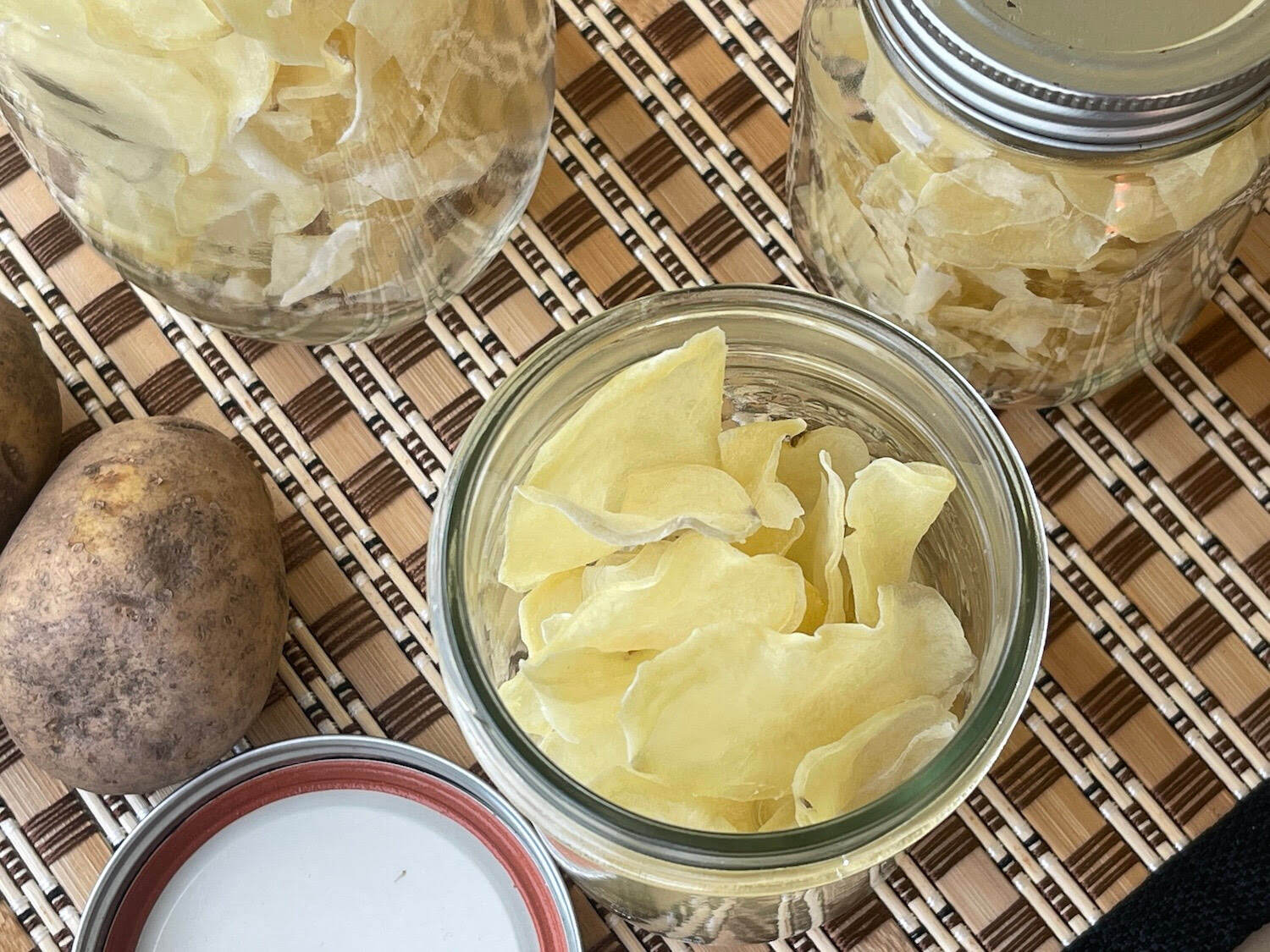
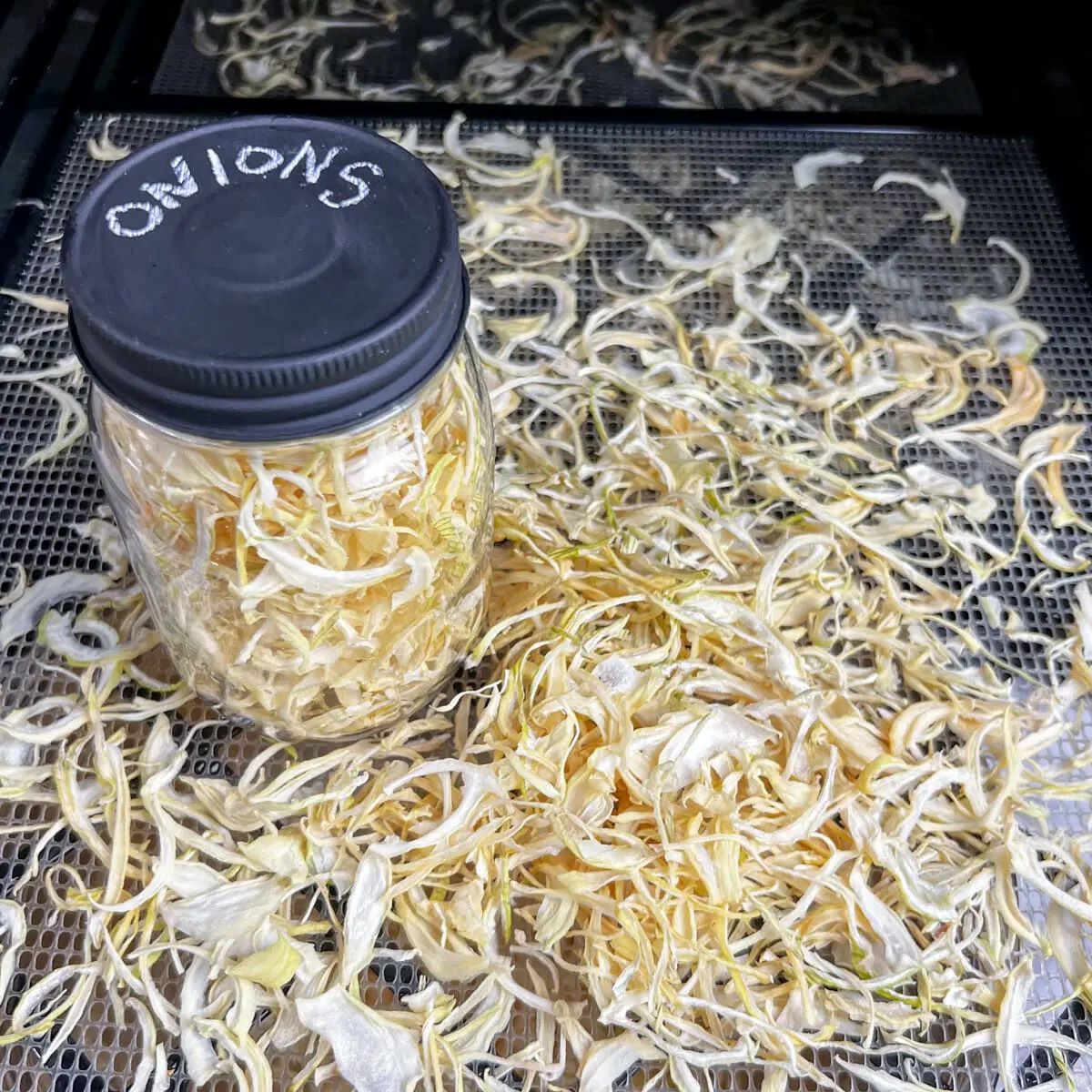

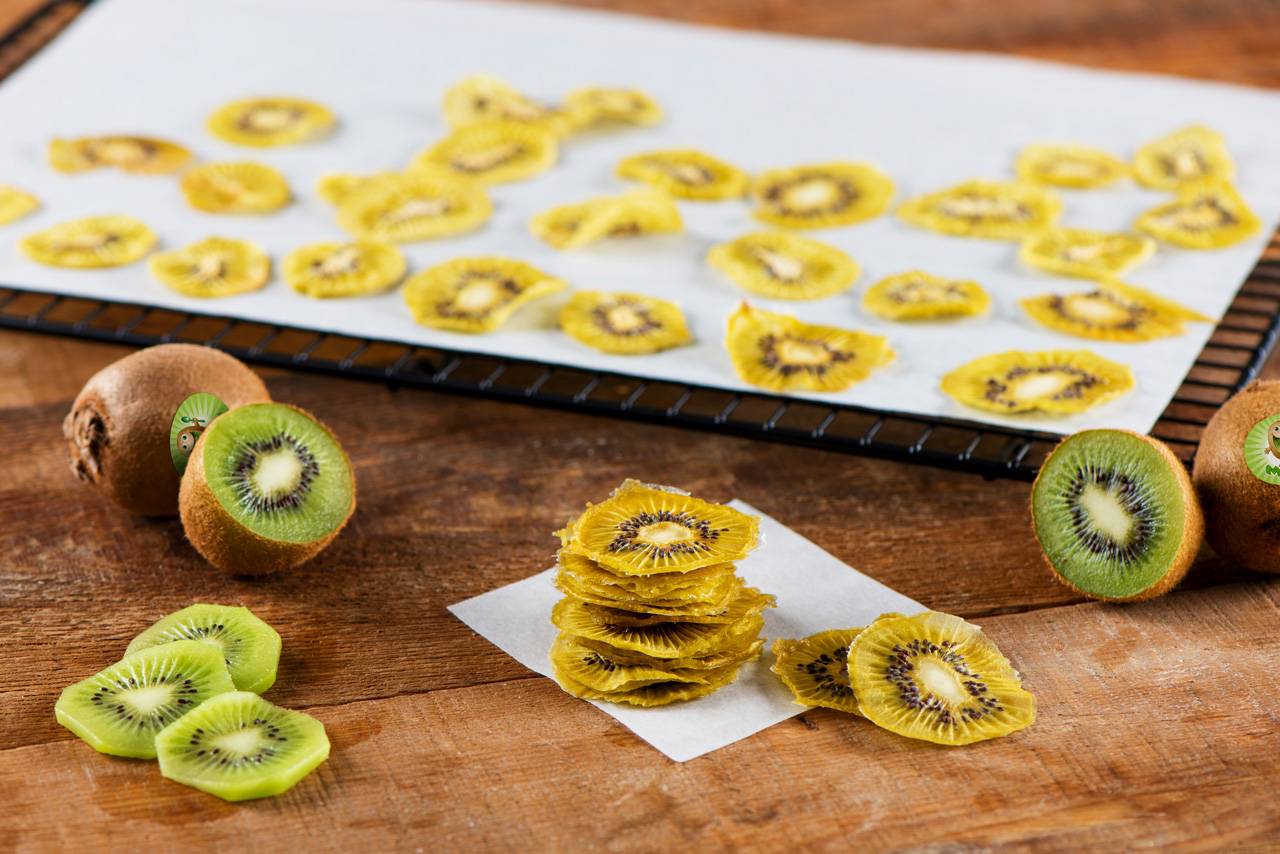
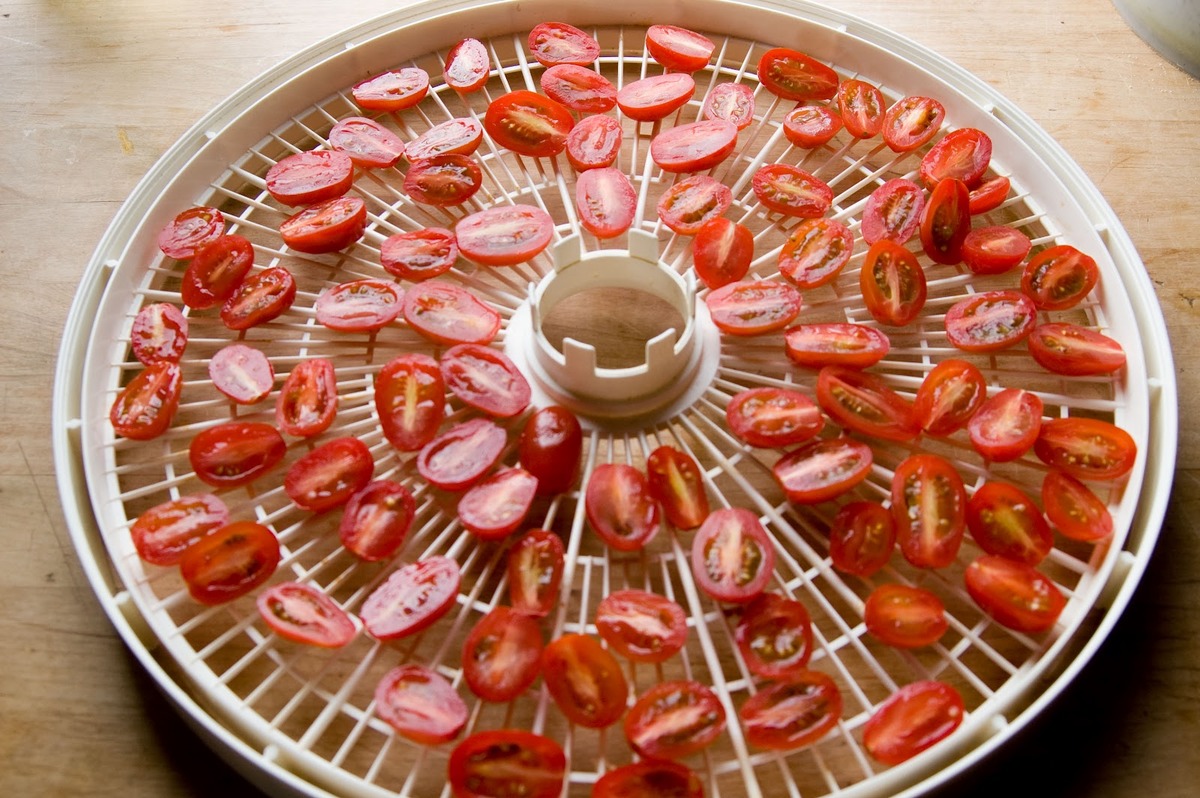
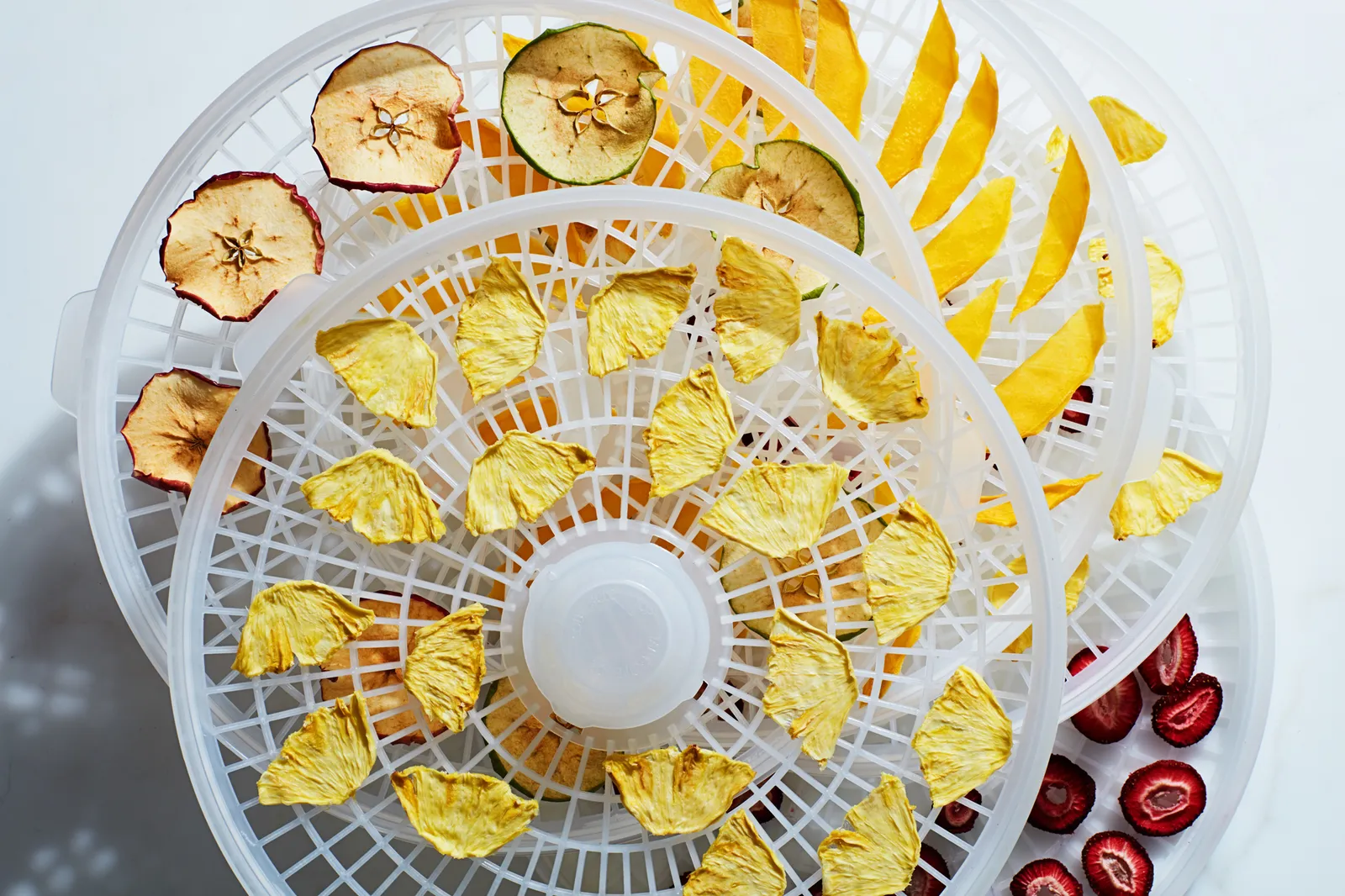

0 thoughts on “How To Store Dehydrated Vegetables”